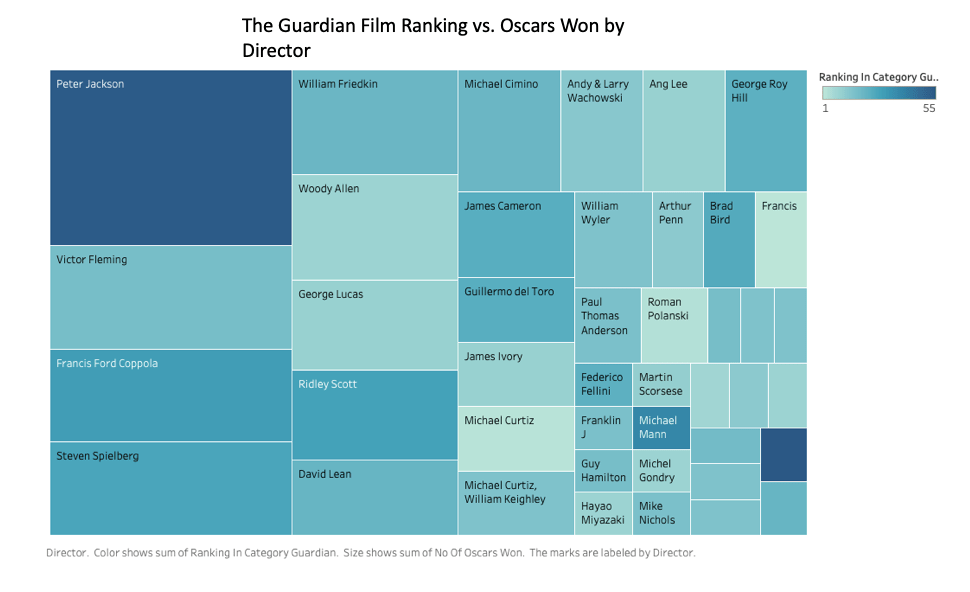When individuals without prior knowledge think about data, they often have an idea in their head, but they do not truly fathom how integral data is in society. We tend to see data as something different from our observations of reality. We see data as values, numbers, and something that consultants and analysts show off to their peers when they need to prove a point. I was one of many people fitting that description before I took the recent MSL Course: Data Science in a Business Context. In the class, I learned that data involves so much more than I previously thought. Data is information; data is connectivity; and data is how computers and, increasingly, humans understand the world.
The Data Science in a Business Context class was taught by two data experts from Nike: Anne Bradley. Nike’s Chief Privacy Officer, and Todd Holloway, Director of Data and Personalization Science at Nike. Anne guided us through the role that data science plays in shaping the legal and ethical landscape, while Todd explained the basic mechanics of many different tools and platforms available in data science. Not only did we gain a knowledge of the technology available for data analysis, we also learned about how these technologies work and their applications to the real world.
The class made me realize how rapidly the world of technology is changing, and the inevitable impact it will have on our lives. Machine learning and analytics are being applied everywhere – from farming to medical diagnostics, and even in the production of bad movie scripts. The possibilities are endless. With each new discovery, we move closer to discovering the hidden layers that allow AI to perform these complex functions. One area for AI and data science application I am especially optimistic for is radiology interpretations. Companies such as Enlitic have revolutionized the medical treatment process by providing accurate interpretations of complex radiological scans. In the realm of medical diagnostics, there is seemingly no limit to how far AI can go.
Later portions of the class involved application of data science to the business world. We spent some time on demonstrations of Tableau and TensorFlow, two of the latest technology tools available to data scientists. I still need to improve my coding to fully utilize TensorFlow, but I immediately saw the utility of Tableau, and feel I will be able to use this tool effectively moving forward. One day, I envision myself enlisting the help of Tableau’s data visualizations to teach my own class, perhaps one on the intersection of healthcare, law, and business.
After the final class session, I exited the Northwestern Pritzker School of Law both tired (the class met for 5 days in a row!) and happy. My knowledge of data science had grown exponentially. Yet I still had many questions. As I walked down the street, I found myself wondering who was tracking my location and which of my cell phone apps had the most information about me. More hauntingly, I questioned how different humans truly were from AI. The gap seemed to be shrinking every day. But where does it stop?






